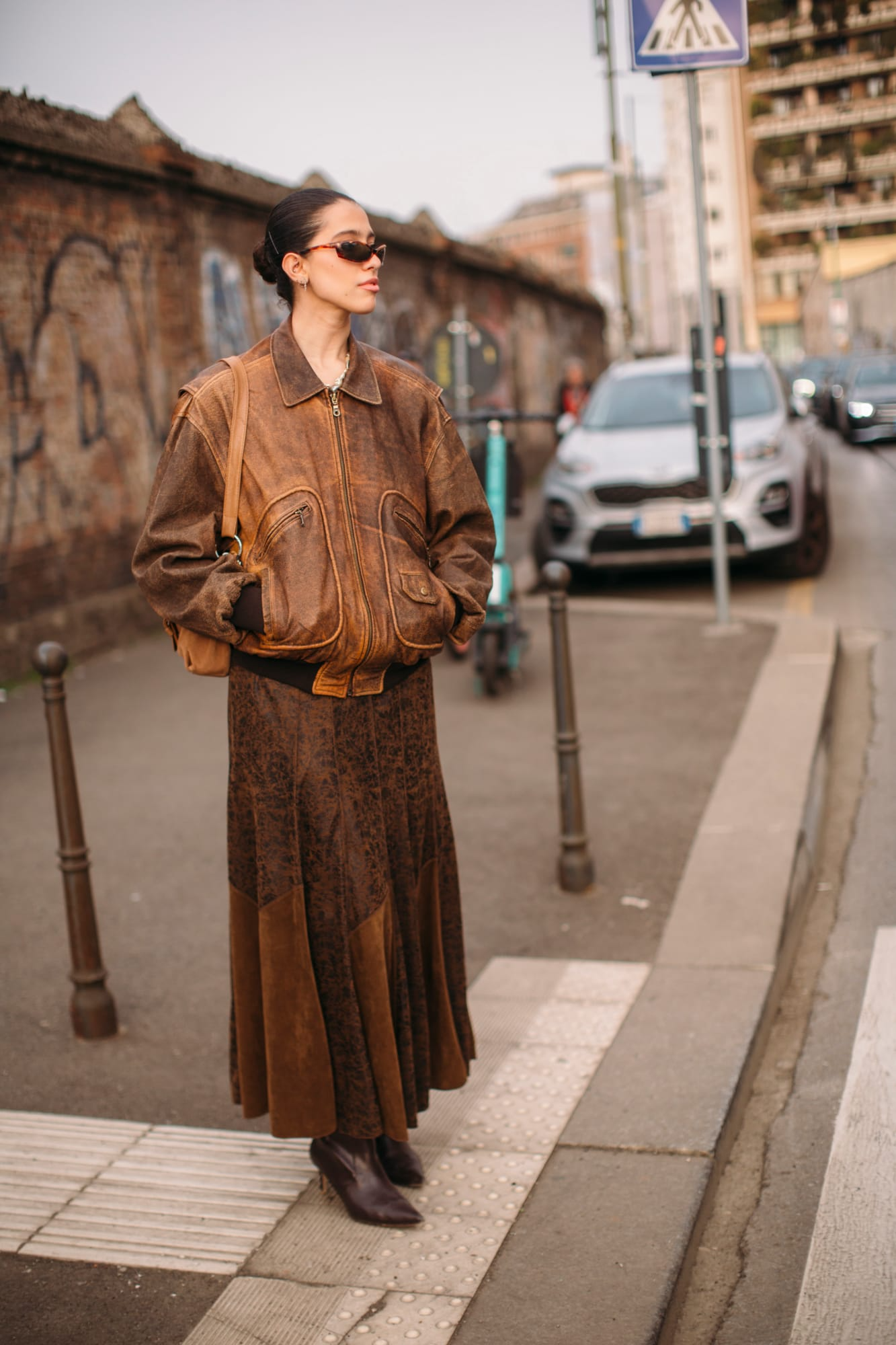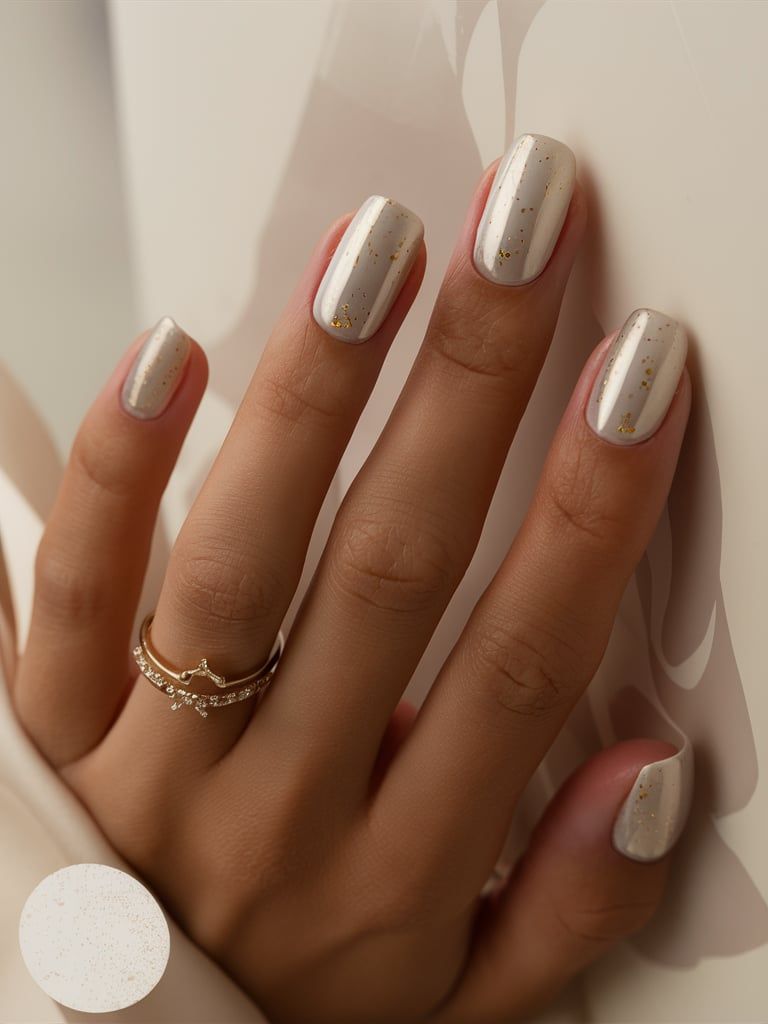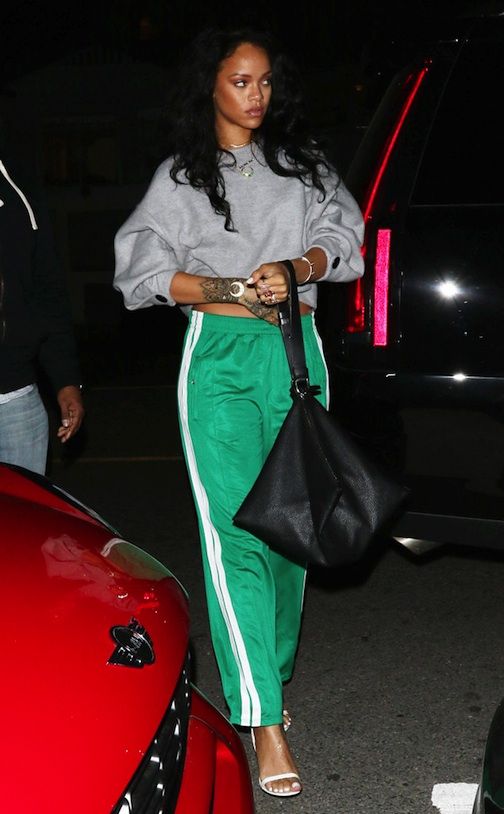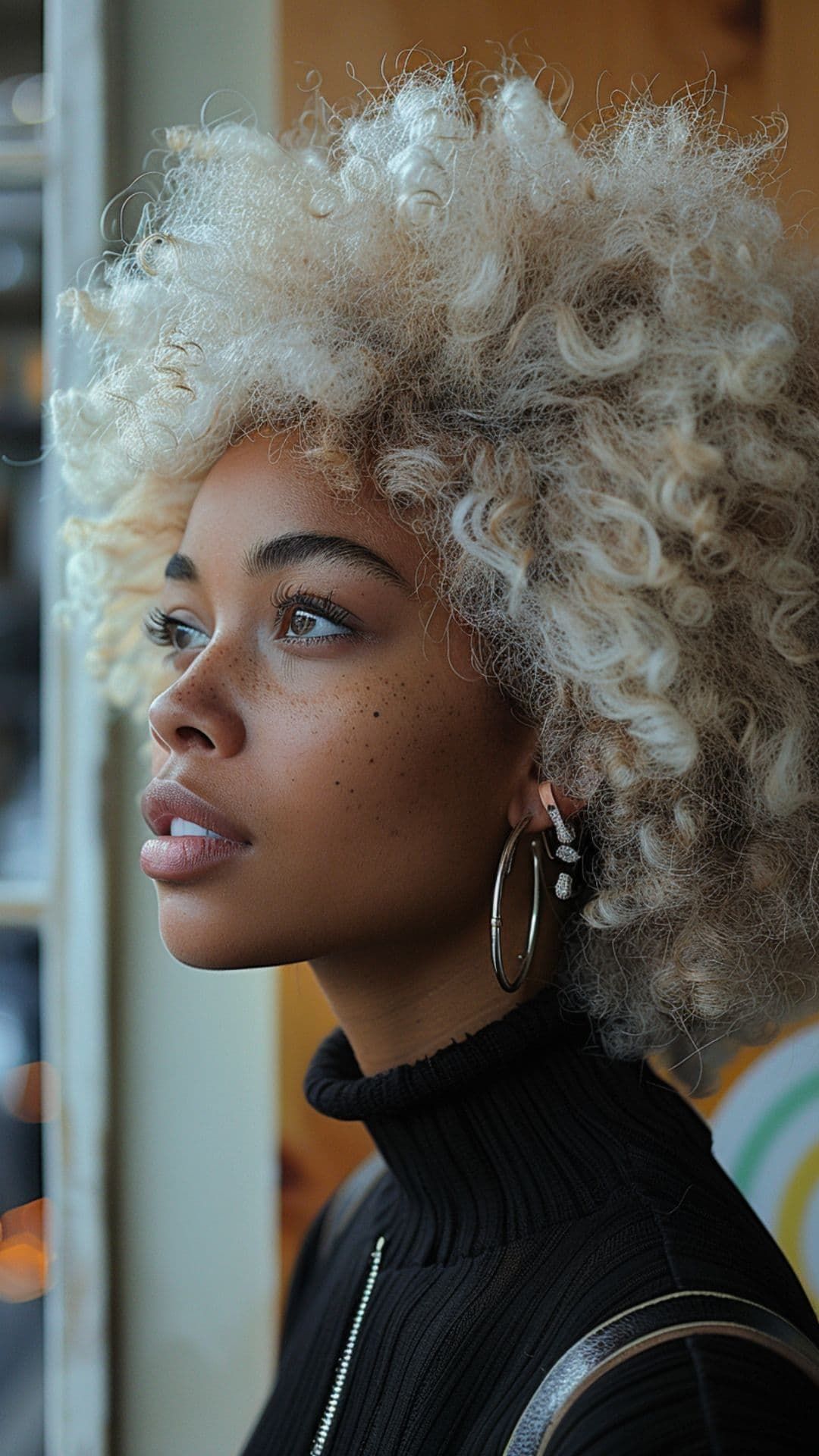Are you ready to get your creative juices flowing and start moodboarding? Moodboarding is a great way to gather inspiration, visualize ideas, and create a cohesive design concept. Whether you’re designing a new room in your home, planning a wedding, or working on a branding project, moodboarding can help you bring your vision to life.
Benefits of Moodboarding
Creating a moodboard allows you to visually capture your ideas and inspirations in one place. This can help you see how different elements work together and ensure that your design concept is cohesive. Moodboarding can also help you communicate your vision to others, such as clients or collaborators, by providing a visual representation of your ideas.
How to Create a Moodboard
1. Start by gathering inspiration: Collect images, colors, textures, and typography that resonate with the aesthetic you’re trying to achieve.
2. Choose a platform: Whether you prefer to create a physical moodboard with magazine clippings and fabric swatches or use a digital tool like Pinterest or Canva, select a platform that works best for you.
3. Arrange your elements: Organize your images and other elements on your moodboard in a way that feels visually appealing and tells a story.
4. Edit and refine: As you continue to gather inspiration and develop your concept, don’t be afraid to edit and refine your moodboard to ensure it accurately captures your vision.
Tips for Effective Moodboarding
– Keep it focused: Determine a specific theme or concept for your moodboard to help guide your design choices.
– Mix and match: Experiment with combining different elements like textures, color palettes, and typography to create a unique and cohesive look.
– Stay organized: Use labels, annotations, or color coding to keep track of your sources and references, making it easier to revisit and update your moodboard as needed.
– Share and collaborate: Don’t be afraid to share your moodboard with others for feedback or input, especially if you’re working on a collaborative project.
Applications of Moodboarding
Moodboarding can be used in various design fields, including:
1. Interior design: Create a moodboard to visualize a room’s color scheme, furniture layout, and decor elements.
2. Fashion design: Compile images of clothing styles, fabric swatches, and accessories to inspire a new collection.
3. Marketing and branding: Use a moodboard to establish the visual identity of a brand, including its logo, color palette, and typography.
4. Event planning: Develop a moodboard to coordinate the aesthetic of a wedding, party, or corporate event, from invitations to decorations.
Conclusion
In conclusion, moodboarding is a valuable tool for designers and creatives looking to gather inspiration, organize ideas, and communicate their vision. By following the tips and steps outlined above, you can create a compelling moodboard that reflects your unique style and helps bring your design concept to life. Whether you’re working on a personal project or collaborating with others, moodboarding can be a fun and effective way to kickstart your creative process. So go ahead, grab some magazines, browse Pinterest, and start moodboarding your way to a stunning design concept.
You can review our digital products by following us on Etsy.





